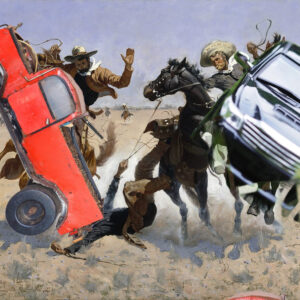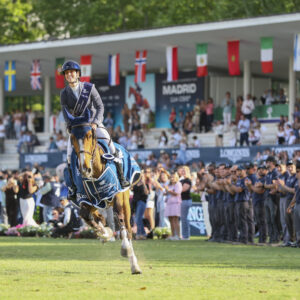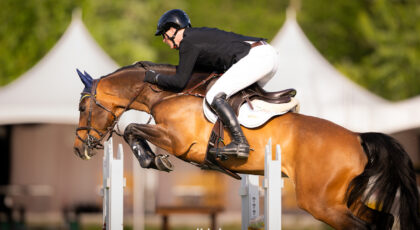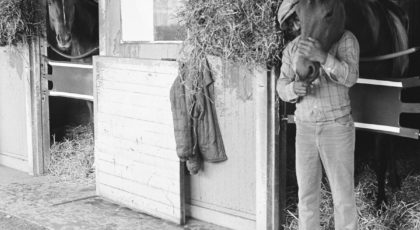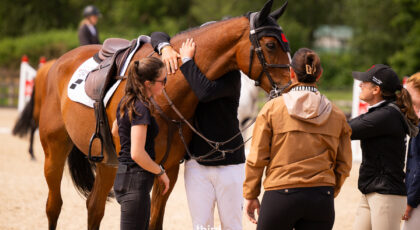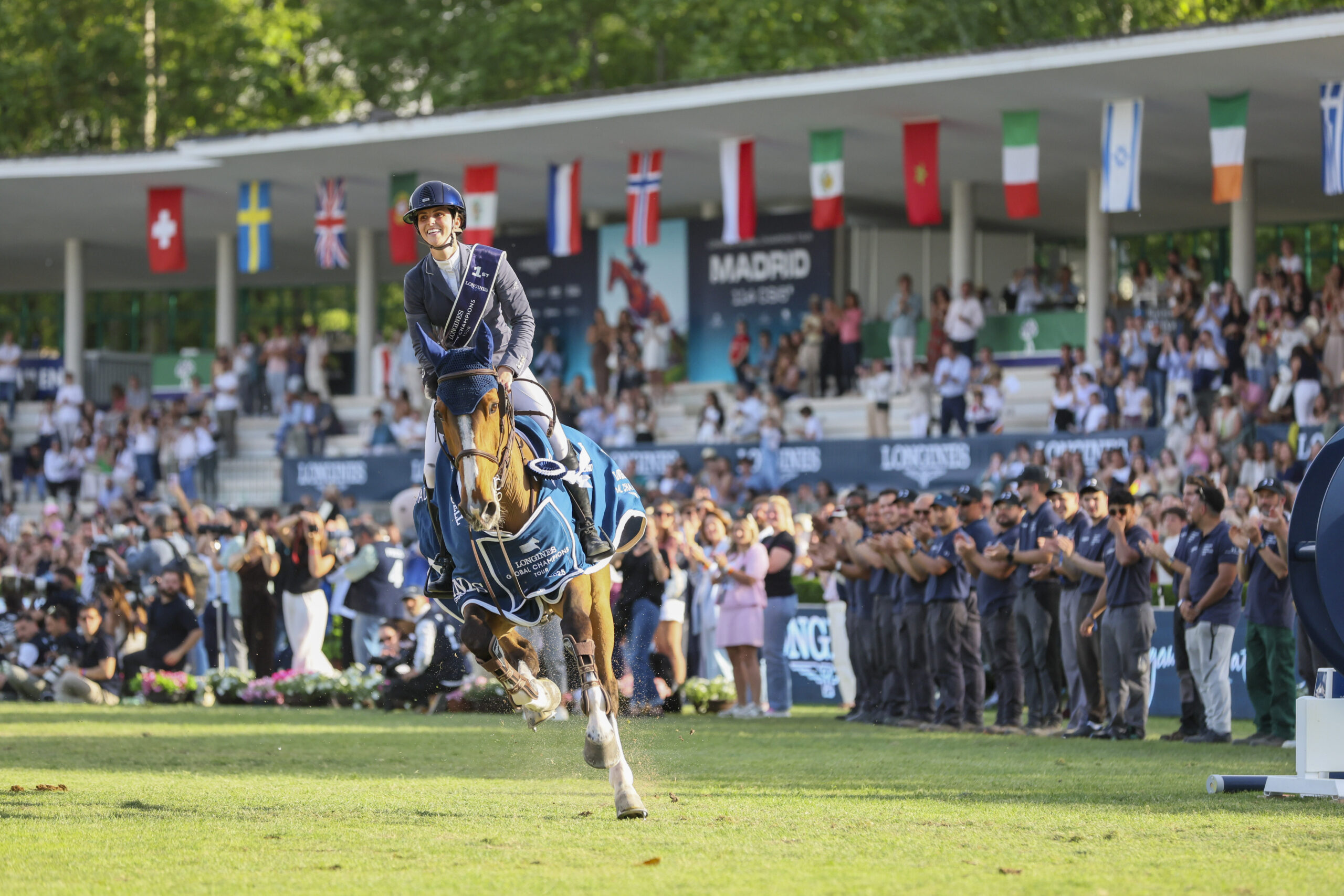Over and over and from numerous sources it is impressed upon us that we must provide leadership for our horses…that in order to train them, befriend them, be safe with them, we must first make it clear they are to look to us for guidance in all things. This news isn’t, well, new. But seeing as people are all over the map when it comes to succeeding in this endeavor, it seems we might not yet have discovered the secret recipe. Sharon Wilsie, horse trainer, rehabilitation specialist, and Founder of Horse Speak™, gives us a new way to think about leadership in her book Horses in Translation.
***
In a herd, I found that “Mothers” are the first and truest teachers, and all other roles spring off from the lessons a horse’s dam taught him. If we emulate the Mother, we regain a horse’s confidence, trust, and respect while also building rapport and encouraging bonding. The Mother was the first guide, and her communication style is the best one to copy if we want our horses to be both respectful and deeply bonded to us in a way that makes them feel completely at peace.
With Horse Speak™, which is a practical system for listening to and talking to horses in their language, I challenge previously held beliefs about the word “leadership.” For many the term has come to mean being the “boss.” This image tends to place people in a certain mindset, which leads to a competitive, dominance-based relationship with their horses. What I have discovered is that to be a truly effective leader with the horse is to consider oneself to be a teacher or coach. The horse’s first teacher, first leader, first coach, and first mentor was his mother. The relationship between mother and foal instills a wide variety of values, from deep nurturing to strong healthy boundaries. Since what many of us want is to have a deep rapport with our horses—in an equation where both sides are balanced and satisfying—then picturing the qualities of the Mother can serve as a guide to help us become the best version of ourselves.
I am going out on a limb here and say that “training” and “leadership” may not always be the same thing when it comes to horses. Cultivating the behaviors you want by punishing or minimizing the unwanted behavior is a standard practice. With many trainers, there is also an emphasis on “making the right thing easy” or somehow rewarding the behaviors you want to see.

©Rich Neally
Leadership is not the same thing as dominance. No animal claims total dominion over another animal as a rule of thumb, except for humans. Within a herd, pack, or flock members all form links in a chain, and the strength of the community is the most important part of the whole. The most important element is not, as some believe, the “alpha role”—whatever that is. The man who coined the phrase “Alpha Wolf,” David Mech, later recanted that idea. As his studies of wolves progressed, he came to understand that the behavior and roles in a pack were more nuanced and subtle.
In the wild, the strongest male is usually the one who earns breeding rights, which ensures good genes for the babies. Other than mating season, however, large males are not necessarily the leaders. Most often packs, herds, and other large groups have strong female leadership, or are entirely made up of females, as you find in elephant herds. The group focus is on mutual safety, camaraderie, and community. The daily life of most animal groups is concerned with getting enough food, shelter, water, and watching out for each other. Wild animals do not want to waste precious energy bickering, and social groups have a wide variety of systems to ensure the peace and quiet that supports the health and vitality of the group, and avoids attracting predators.
Here’s why Horse Speak™ teaches us to “become the Mother”: Leadership can be best witnessed by watching a mare and her foal. “Mom” is protective, nurturing, tolerant, yet also teaches her little one boundaries, rules, and—most importantly—how to communicate.
Our domestic horses live in box stalls, and in fields or paddocks that are surrounded by fences. There is a limited amount of experience young horses get out in the wide world. That is where we come in. If a horse has never been on a trail ride, his first one may be completely overwhelming. Mom never got to teach him how to handle the woods, or the rocks, or the fallen logs.
Horses map their surroundings in their heads; it is one of their survival skills. If Mom gets turned out in a new pasture with her baby, she scans the horizon, sniffs the fence-line, and tours the area to see what is what. If she tenses up for any reason during this exploration, her baby is supposed to freeze and wait for her to say, “All’s clear!” or “RUN!”

©Rich Neally
The leadership role that is the easiest for humans to pick up and emulate is that of the mother. Note that this is not to be confused with treating your horse like a baby; in fact, “babyish” horses (like the 18-year-old Thoroughbred that acts like a yearling) will begin to “grow up” if you become “Mom.” Taking on the leadership role that Mom left behind means you begin to finish fulfilling the horse’s need to follow the most important being in his life. You will be able to influence boundaries, bonding, and decision-making. You will be able to use the same kind of leadership his mother did to help him make new maps of the world, learn better, and feel calmer and more centered.
With the wide variety of activities we usually expect our horses to participate in, offering the role of leadership that encapsulates clear, calm, assertiveness is a good idea.

This excerpt from Horses in Translation by Sharon Wilsie is reprinted with permission from Trafalgar Square Books (www.horseandriderbooks.com).


 February 21, 2019
February 21, 2019 









